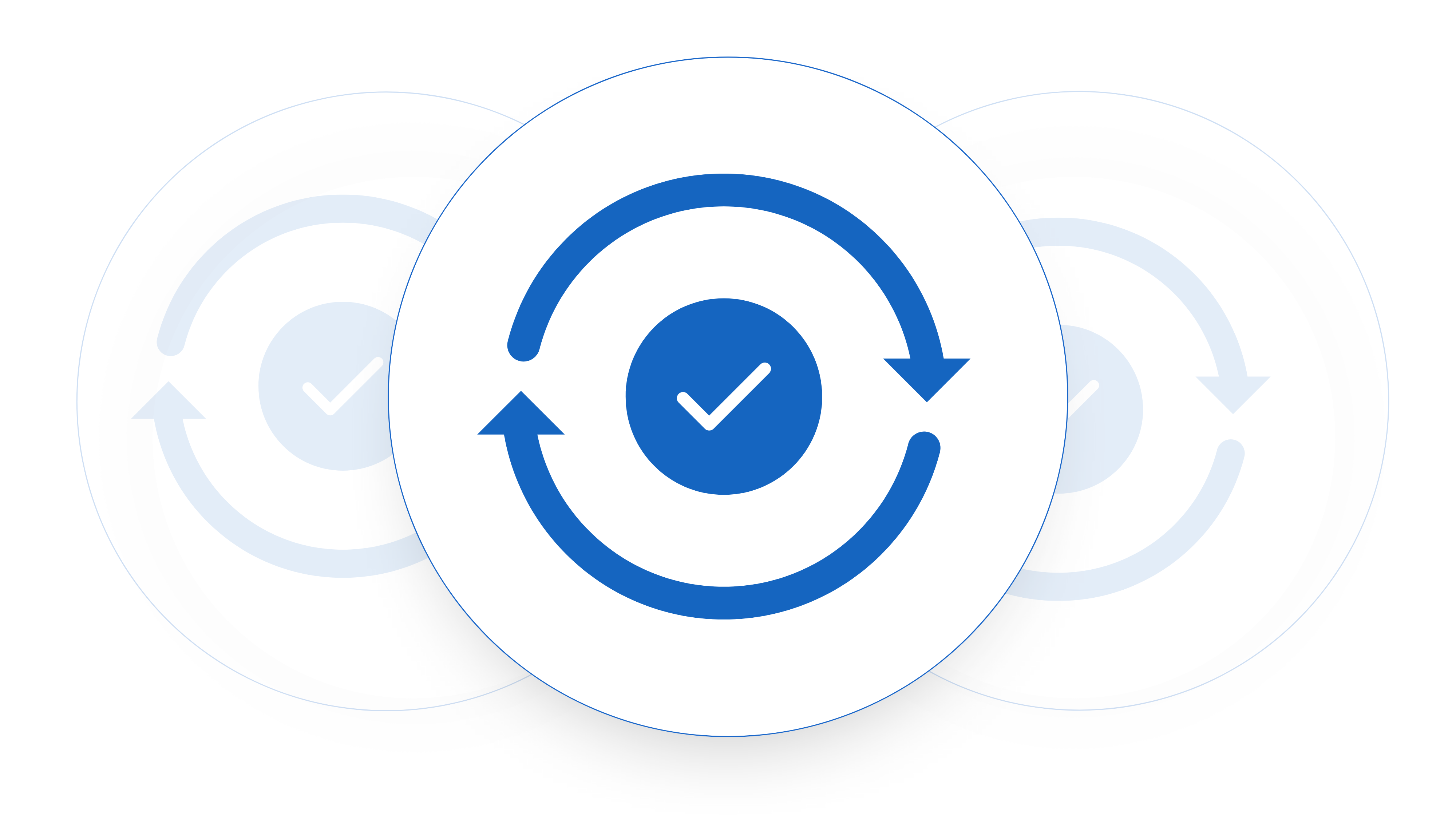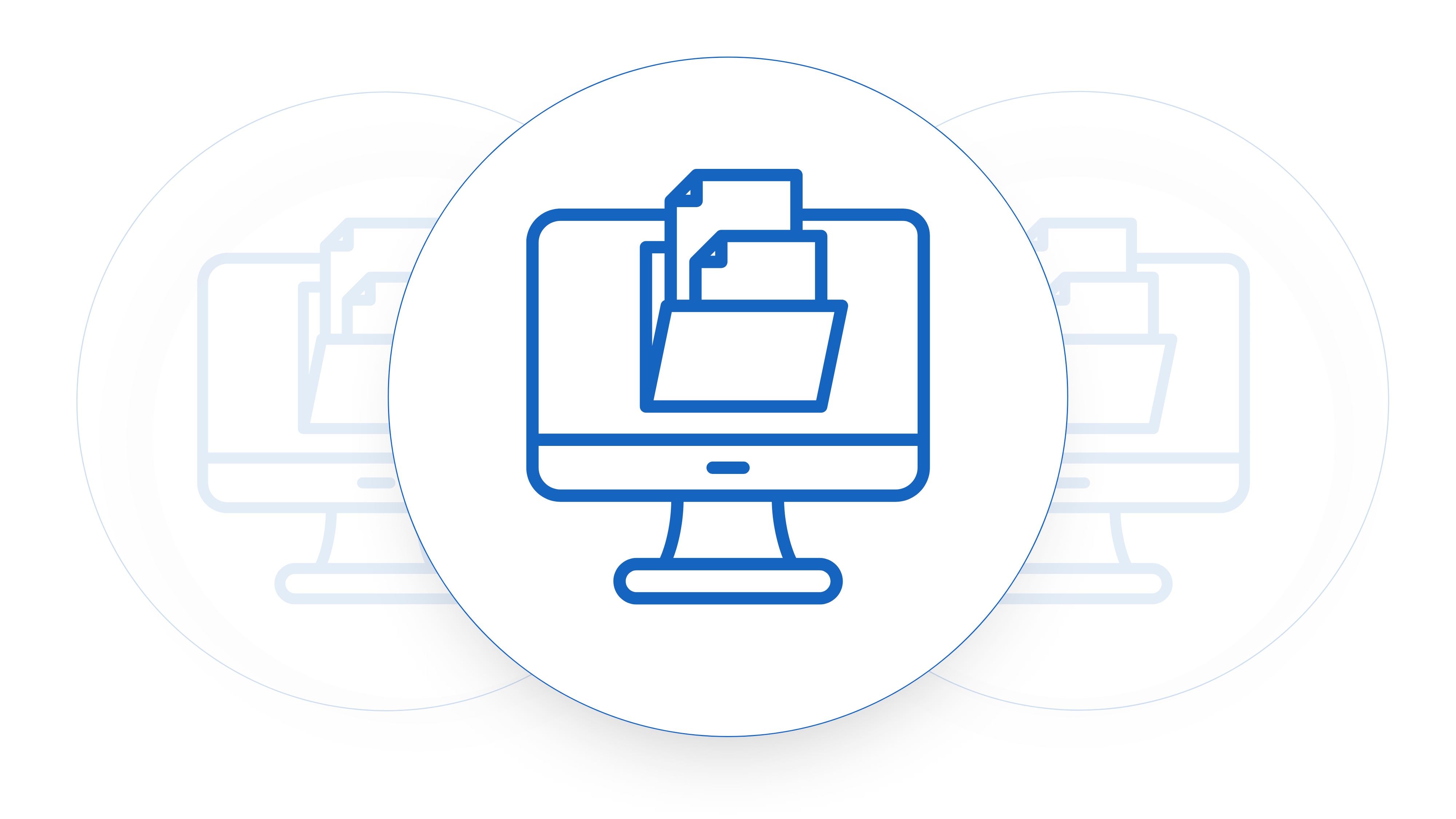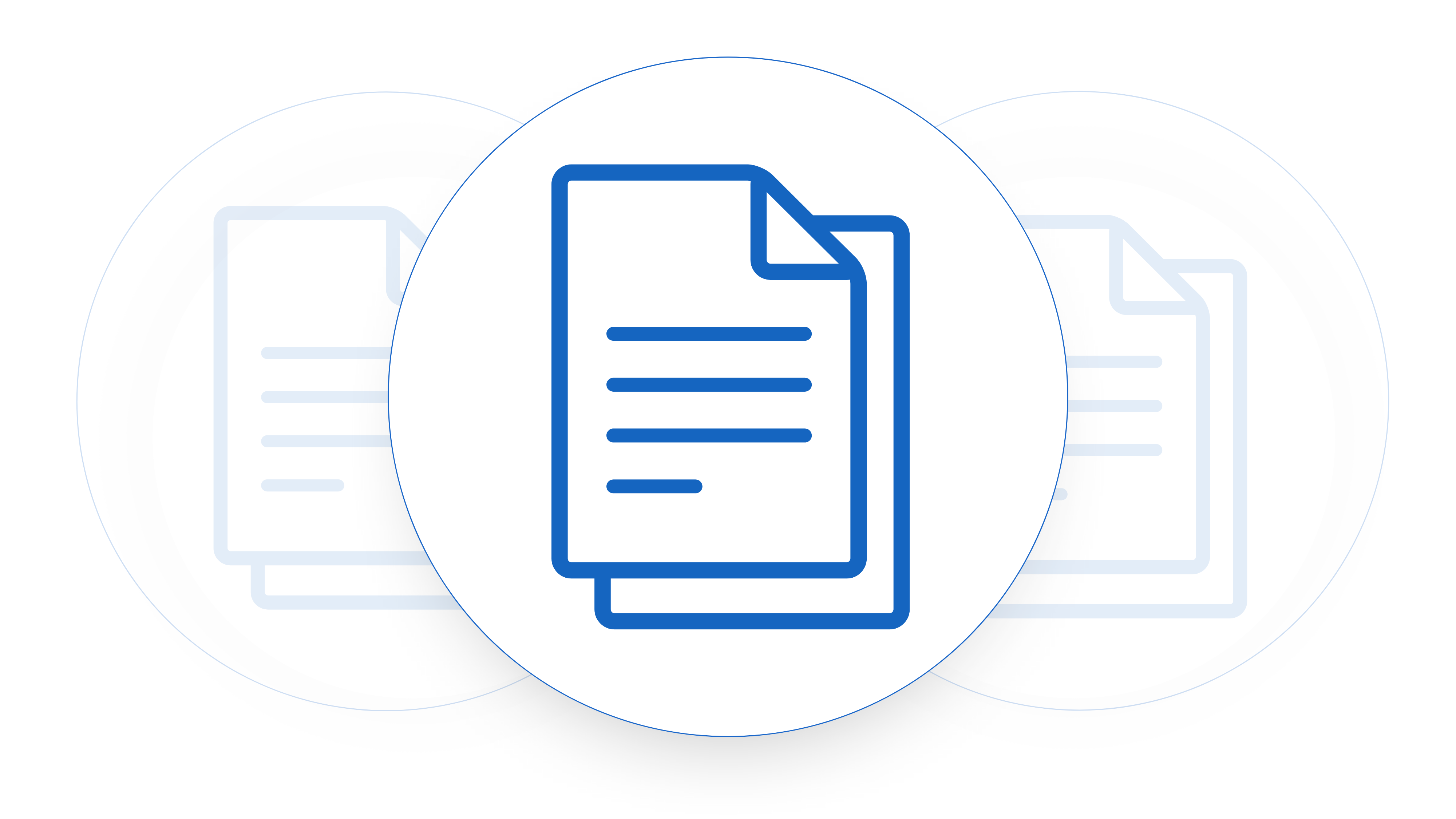The software as a service industry has taken off over the last decade. Every since early pioneers like Salesforce transitioned us away from buying software off the shelf. And instead paying for it monthly the world has changed. It is a great business model for several reasons. And one that can be very profitable if you get your key SaaS metrics correct.
The reason why the SaaS industry is so powerful comes down. To a few key ways it allows companies to operate. First of all the subscription model, especially customers paying for annual contracts upfront allows for predictable income. Secondly it allows the companies to build an MVP and get customers to pay upfront for the value. Which will be built into the product as time goes by. The third, and certainly not the final reason, is that the mechanics of SaaS businesses all you to use multiple metrics to predict growth. Performance and, coupled with the subscription model, the ability to create a replicable sales and growth engine. With that in mind here are are four of these key SaaS metrics. That you’ll need reliable data to report on. Your contract data being the most reliable data there is.
Key SaaS Metrics: Revenue Retention
Net Revenue Retention (NRR) and Gross Revenue Retention (GRR) are crucial metrics in the context of SaaS businesses, providing insights into a company’s ability to maintain and grow its customer base. NRR measures the net change in revenue from existing customers over a specified period, typically a year. It takes into account not only the expansion of revenue through upsells, cross-sells, and additional purchases by existing customers. But also the contraction of revenue due to churn and downgrades. NRR is expressed as a percentage, with values above 100% indicating that a SaaS company is effectively growing. Its revenue from existing customers, while values below 100% suggest revenue contraction.
on the other hand, Gross Revenue Retention (GRR) focuses exclusively on the revenue retained from existing customers. Without factoring in expansions from upsells and cross-sells. GRR calculates the percentage of revenue a SaaS business retains from its existing customer base, excluding new customers or expansion revenue. This metric helps gauge a company’s ability to maintain its existing customer relationships. And prevent revenue loss due to churn or downgrades. Both NRR and GRR are critical for SaaS companies, as they provide a comprehensive view of customer retention and revenue growth. Aiding in the evaluation of overall business health and strategies for future growth.
Net Revenue Retention Calculator
The below calculator assumes that all of your inputs are for an annual period.
NRR Calculator
Gross Revenue Retention Calculator
The below calculator assumes that all of your inputs are for an annual period.
GRR Calculator
Key SaaS Metrics: Year on Year Growth
Year-on-year (YoY) growth for a SaaS company is a very standard metric. It refers to the comparison of financial performance and key metrics over a one-year period to analyze the company’s ability to accelerate it’s growth. It is a staple measure because it provides insights into the company’s ability to sustain and improve its financial standing over time. In the context of SaaS, it is particularly important to focus on YoY growth in recurring revenue, which includes Monthly Recurring Revenue (MRR) or Annual Recurring Revenue (ARR), rather than one-time or non-recurring revenue sources.
This is because SaaS businesses rely on a subscription-based model, where the stability and predictability of recurring revenue streams are indicative of a healthy customer base and the company’s long-term sustainability. By emphasizing recurring revenue in YoY growth analysis, SaaS companies can better assess their capacity to maintain and expand customer relationships, which is fundamental for sustained success in the competitive SaaS industry.
Redline What Matters
Raise Changes For Approval To Turnaround Contracts Faster
Gross Margin – A Key Metric
Gross margin represents the difference between the total revenue generated by a specific product or service line and the direct costs associated with delivering that product or service (think hosting costs, customer service costs etc). It is a critical financial metric because it indicates how efficiently a particular product line is operating and contributing to the company’s overall profitability. Calculating gross margin by product line is essential for SaaS companies as it provides a granular understanding of the profitability of each offering. This approach helps in identifying which product lines are performing well and which may require optimization or even elimination. By breaking down gross margins by product, SaaS companies can make data-driven decisions on resource allocation, pricing strategies, and product development efforts, ultimately improving their competitiveness and overall financial health.
Rule of 40 For SaaS Startups
The Rule of 40 is a widely-used financial benchmark in the context of SaaS businesses, aimed at assessing a company’s overall health and growth potential. It combines two key performance metrics: a company’s revenue growth rate and its profitability, typically measured as EBITDA (Earnings Before Interest, Taxes, Depreciation, and Amortization) margin. The Rule of 40 suggests that a healthy SaaS company should have a combined score of at least 40 when you add its revenue growth rate (expressed as a percentage) and EBITDA margin (also expressed as a percentage).
In other words, if a SaaS company’s revenue is growing at a rate of 40% annually. It can still be considered healthy if it has a breakeven EBITDA margin. And if the EBITDA margin is negative, it should be offset by an even higher revenue growth rate. The Rule of 40 helps investors, executives, and analysts gauge the balance between growth and profitability in a SaaS company, providing insights into its sustainability and potential for future success. You can find our Rule of 40 Calculator here.











